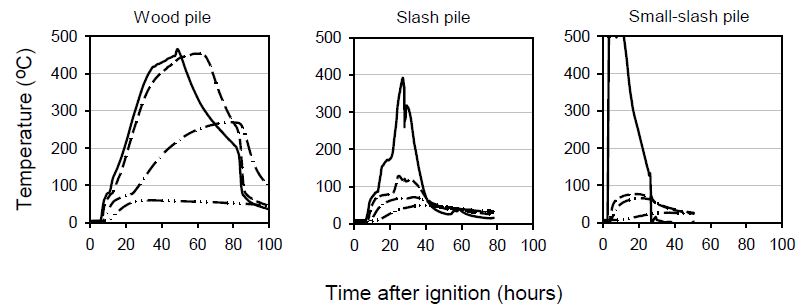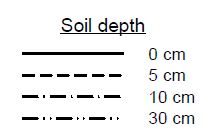Woodcock Notes
Honeysuckle Notes
[Eradication / Control]Aspen Notes [Growing / Harvesting]
Boy, 2023 turned into a tough year. Spring was normal, and conditions OK up to mid-June, then the wheels came off. It stayed hot and dry into August. The temps finally dropped in September, and the rains came late September / early October. Woodcock season was very windy through most of October. Plus, the Honeysuckle and Buckthorn kept their leaves into November, making green walls of Hell where you couldn't see the flying birds as much.
Earthworm populations as related to woodcock habitat usage in Central Maine
Why woodcock commute: foraging-benefit and predation-risk hypotheses Web
Population Ecology of Woodcock In Wisconsin Technical Bulletin No. 144 [Web]
American Woodcock Symposiums [Hunting Woodcock Symposiums!]
1. 1966, Minnesota
2. 1968, Louisiana
3. 1969, Maine
4. 1971, Michigan
5. 1974, Georgia
6th American Woodcock Symposium, 1977, New Brunswick
7th American Woodcock Symposium, 1980, Pennsylvania
8th American Woodcock Symposium 1990, Indiana [Web]
9th American Woodcock Symposium 1997, Louisiana [Web]
10th American Woodcock Symposium, 2006, Michigan [Web]
11th American Woodcock Symposium, 2017, Michigan [Web]
Targeting Worms with GIS Soil Data to find Woodcock Habitat [Web only]
Enhancement of wildlife habitat on private lands [Web]
American Woodcock Conservation Plan Feb 2008 [Web]
The Use of Fields at Night by Wintering American Woodcock
The Journal of Wildlife Management, Vol. 62, No. 3 (Jul., 1998), pp. 939-947
Nocturnal field use by fall migrating American woodcock in the Delta of Arkansas [Web]
Importance of early successional habitat to ruffed grouse and American woodcock [Web]
Wildlife Society Bulletin (1973-2006) Vol. 29, No. 2 (Summer, 2001), pp. 456-465
Relationship Between Exotic Invasive Shrubs And American Woodcock [Web]
"If woodcock nesting locations are chosen in areas that are composed of a high percentage of invasive shrubs, the early leaf out and dense growth may prohibit detection of approaching predators."
Use of Crop Fields and Forest by Wintering American Woodcock [Web]
Implementing American Woodcock Conservation Plan: Progress to Date, June 2010 [Web]
Ackley Demonstration Area, Langlade and Marathon Counties, Wisconsin [Web Only]
"Woodcock find roosting habitat on fields with sparse grass that were formerly managed for sharp-tailed grouse."
Wisconsin All-Bird Conservation Plan – American Woodcock [Web Only]
Soil Explorer USDA [Web Based Application]
American Woodcock: Habitat Best Management Practices for the Northeast [Web]
Methods to Reduce Forest Residue Volume after Timber Harvesting and Produce Black Carbon [Web]
Slash from the Past: Rehabilitating Pile Burn Scars [Web]
Effects of Pile Burning in the LTB on Soil and Water Quality [Web]
Page 13:
"The soil heat pulse during burning depended primarily on fuel composition, not on pile size. Piles dominated by large wood (> 22.5 cm diameter) produced temperatures approaching 500°C at 5 cm soil depth and 400°C at 10 cm soil depth, with lethal heating above 100°C lasting up to 3 days. In contrast, soil heating was considerably lower for slash piles that contained a mix of fuel sizes, as maximum temperatures averaged 138 and 86°C at soil depths of 5 cm and 10 cm, respectively. Spatial variability in heating was high beneath all pile types. Soil temperatures were generally greatest near the pile center and decline sharply toward the pile edge"

